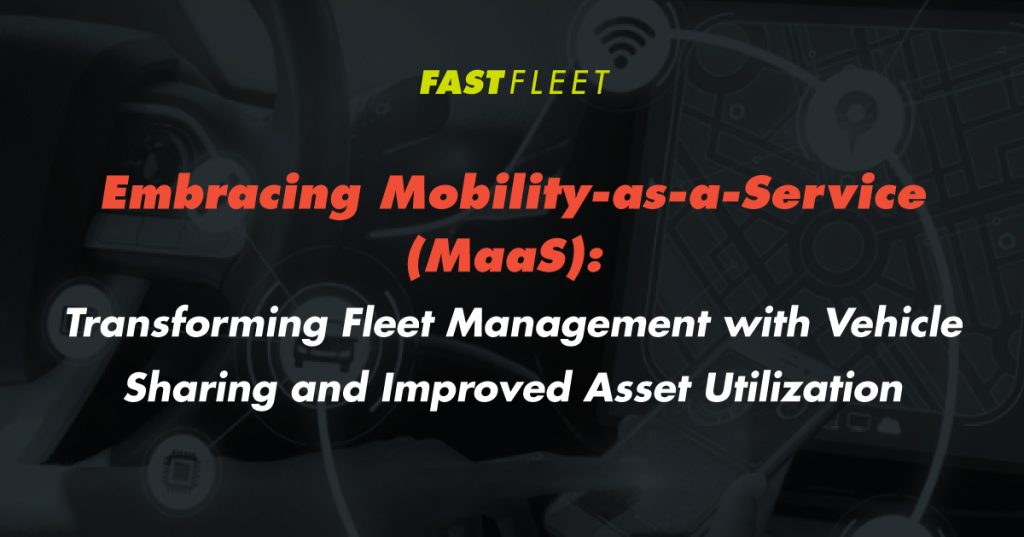Mobility-as-a-Service (MaaS) is revolutionizing the transportation industry, offering innovative solutions that enhance the efficiency and sustainability of fleet operations.
By integrating vehicle-sharing strategies and improving asset utilization, MaaS presents a significant opportunity for fleet managers to control costs and reduce their carbon footprint.
This blog explores the growth of MaaS, its implications for fleet management, and the numerous benefits it offers.
Understanding Mobility-as-a-Service (MaaS)
MaaS is a comprehensive transportation solution that combines various modes of transport into a single accessible service.
It leverages digital platforms to offer users seamless access to transportation options, including vehicle sharing, public transit, and ride-hailing services.
The MaaS market is growing rapidly, driven by advancements in technology and the increasing demand for flexible and sustainable transportation solutions (Fleet News) (Dista).
Implications of MaaS for Fleet Management
Vehicle-Sharing Strategies: Vehicle sharing within fleet operations allows multiple users to access a single vehicle as needed, optimizing usage and reducing the total number of vehicles required.
This strategy not only lowers costs but also increases operational flexibility.
Improved Utilization of Fleet Assets: MaaS enables better utilization of existing fleet assets by ensuring that vehicles are used efficiently and effectively.
This approach minimizes idle time and maximizes the value derived from each asset.
Benefits of MaaS for Fleet Operations
Cost Control: One of the primary advantages of MaaS is its potential for significant cost savings.
By optimizing vehicle use and reducing the need for a large fleet, MaaS helps in cutting down on maintenance, fuel, and operational costs.
Additionally, vehicle-sharing models can lead to better budget management and financial efficiency.
Reducing Carbon Footprint: MaaS contributes to environmental sustainability by lowering carbon emissions.
Shared mobility solutions reduce the number of vehicles on the road, leading to decreased fuel consumption and fewer emissions.
This aligns with broader sustainability goals and helps organizations meet regulatory requirements (Fleet News) (Dista).
Implementing MaaS in Fleet Management
Steps for Transitioning to MaaS: To successfully integrate MaaS into fleet operations, fleet managers need to consider several factors:
- Assessing current fleet usage and identifying opportunities for shared mobility.
- Implementing digital platforms and tools that facilitate MaaS solutions.
- Training staff and drivers on the new systems and processes involved.
Challenges and Solutions: Adopting MaaS comes with its own set of challenges, such as resistance to change and initial setup costs.
However, these challenges can be addressed through strategic planning and phased implementation.
Engaging stakeholders early and providing comprehensive training can help ensure a smooth transition (Verizon Connect) (Webfleet).
Mobility-as-a-Service (MaaS) offers transformative potential for fleet management, enabling cost control, enhanced asset utilization, and reduced carbon emissions.
By exploring and implementing MaaS solutions, fleet managers can drive their operations towards greater efficiency and sustainability.
Fast Fleet specializes in providing comprehensive fleet maintenance and emergency roadside services, supporting businesses in maintaining their fleet operations efficiently.
Embrace the future of fleet management with Fast Fleet’s professional, reliable, and responsive services.
Contact us today to learn how we can help your fleet transition to a more sustainable and cost-effective model.
















